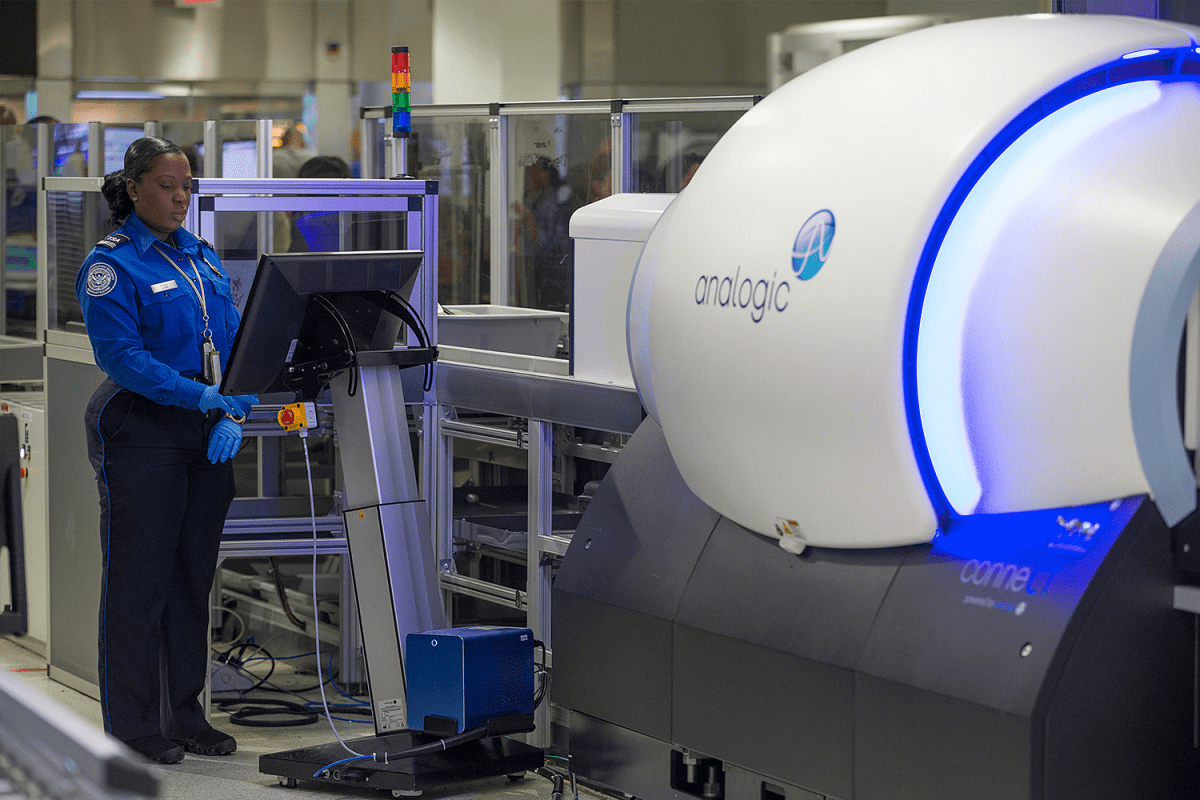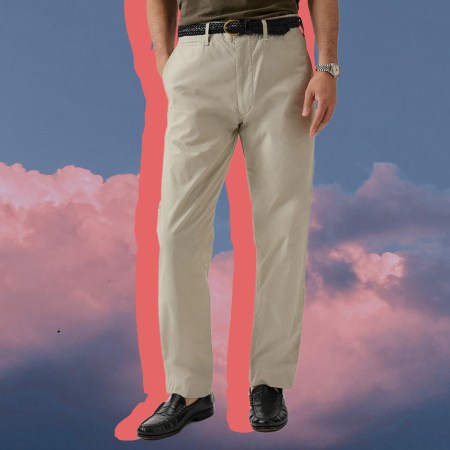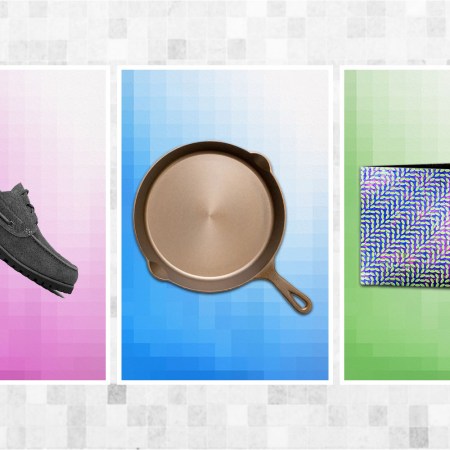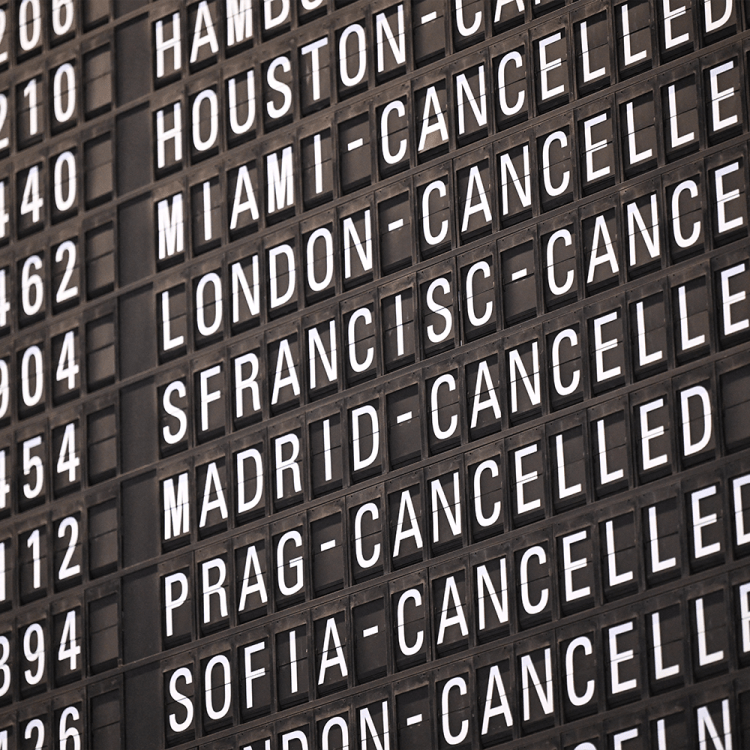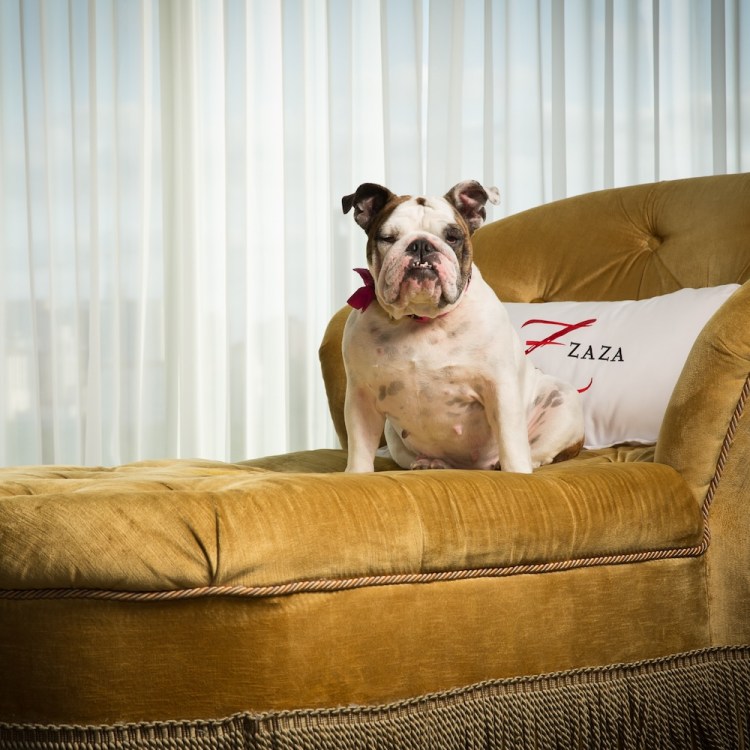Following an attempted terrorist attack in Britain involving liquid explosives back in August 2006, a very particular set of rules came into play regarding liquids that we’re allowed to have in our carry-ons, as well as how we’re allowed to have them in our carry-ons. These rules, which we’ve come to accept as the norm for nearly two decades now, are as follows:
Every passenger is allowed to bring one quart-sized bag of liquids, aerosols, gels, creams and pastes in their carry-on bag and through the checkpoint, so long as they are in travel-sized containers that are 3.4 ounces (100 milliliters) or less. Those items must then go in a small bag that, when it comes time to pass through a TSA checkpoint, must be removed from the carry-on baggage. Further, any liquid, aerosol, gel, cream or paste that sets off the alarm during screening will require additional screening, and all containers larger than 3.4 ounces or 100 milliliters must be checked.
In short, the rule has come to be known as 3-1-1: liquids must be in a 3.4-ounce or less container (3), all containers must be placed inside one clear quart-sized bag (1), of which each passenger is allowed one (1).
That’s all well and good until you pause to consider that the year is 2022, and the CT technology that TSA is using to screen baggage (which began rolling out in 2018, mind you) is capable of creating 3D images of carry-on items and — by the looks of it — potentially even transporting said baggage to space. So…why is it that we’re still required to take our body lotion out of our bags again?
Per a new report from CNN Travel, some airports — Shannon Airport in Ireland, London Southend Airport and Amsterstam Schiphol among them — have actually scrapped the liquids requirement, thanks to the aforementioned new technology. The issue is that it’s not yet universal, for a handful of reasons, so you still run the risk of flying into an airport not currently utilizing CT technology.
The first, and arguably most pertinent, problem is that the technology is expensive, meaning it could take years for smaller, regional airports to get on board. The other is that while it saves time for travelers passing through security checkpoints (reportedly by as much as half), there’s still the matter of figuring out how to best optimize the technology.
According to Kevin Riordan, the head of checkpoint solutions at Smiths Detection (the company that provides Shannon’s security equipment), after bags are fed through the machine, the images are sent to three or four different operators for observation — which is difficult to accommodate given current staffing shortages.
That said, based on some recent developments, we may actually be closer to being able to leave those liquids in our bags if for no other reason than it’s been proven to boost both efficiency and customer satisfaction — two things not typically associated with airport security, but that all parties stand to benefit from.
Of course, if you cannot bear the thought of having to fly with tiny bottles of liquids in a plastic bag for one more day…you can always just sign up for TSA PreCheck.
Thanks for reading InsideHook. Sign up for our daily newsletter and be in the know.
